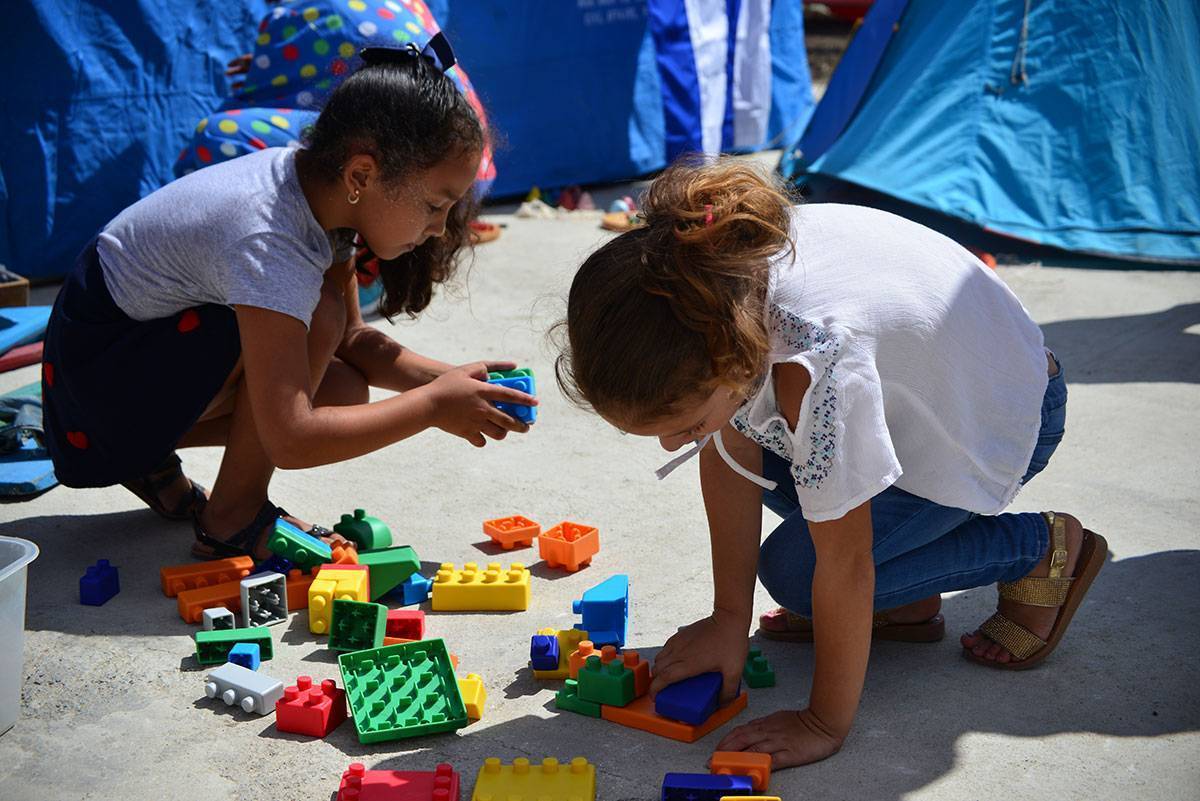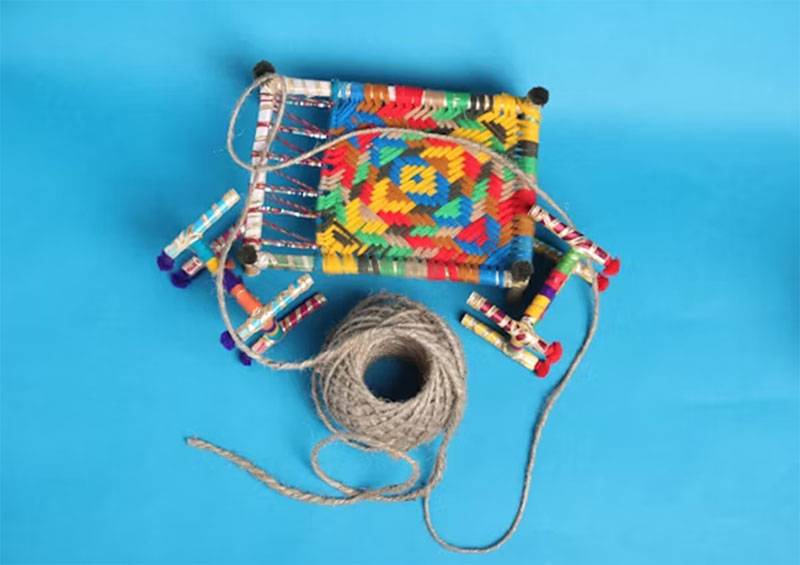5 Ways To Improve Your Child’s Fine Motor Skills

Although children develop their motor skills at different rates, it’s still important to encourage them to practice those skills. Motor skills can develop from the following activities:
- Holding and moving a pencil
- Cutting with scissors
- Using belts, snaps, and zippers to get dressed
- Using eating utensils
- Opening and closing latches
- Moving a computer mouse
However, if these skills aren’t developed, then they won’t accomplish key tasks like writing, cutting, tying shoes, and moving things when instructed to do so.
Why Fine Motor Skills?
Children need fine motor skills to function in everyday tasks like getting dressed, eating with silverware, tying their shoes, and doing tasks at school like writing and cutting. And the fine motor skills don’t stop there, since we still need these as adults.
So, if a child can’t do these everyday tasks, it can affect their ability to be self-reliant, self-confidence, and perform well in school.
Here are five activities that you can try out with your child:
1. Doing Puzzles
Having children do puzzles is a great way for them to stimulate the hand muscles to develop the pincer grasp. The pincer grasp skill is needed for a child to pick things up, whether instructed to do so, or done independently.
Although watching or helping your child learn how to complete puzzles can be frustrating at times, especially when they tend to get bored easily, the key here is to keep up with it, so that they can get used to doing it. Have them start with easy puzzles; and once they’ve mastered the easy ones, you can give them more challenging ones. In turn, your child will not only develop their fine motor skills, but also their hand skills and eye coordination. Check out these wooden puzzles from Unidragon to get an idea of how cool and fun it can be!
2. Using Play Dough And Putty
Play dough and putty have always delighted children in many ways than one. First, children can use play dough to squeeze, pinch, stretch, and roll into many shapes. As they play with putty, it stimulates the sensory part of the brain, as well as entices the creative part of your child. Whether your child pulls apart play dough by hand or with scissors, make sure to encourage them to make certain shapes like “worms” or “balls.”
3. Cutting Out Shapes With Scissors
Speaking of scissors, the task of cutting is essential for children, since they need that skill for school and other life tasks. Using scissors improves hand-eye coordination and concentration, and can be beneficial when your child is tasked to cut out certain shapes for a project. Even encouraging them to make paper snowflakes can help them develop fine motor skills. As long as you use age-appropriate scissors, cutting with scissors can be fun for your child.
4. Playing With Water
Observing water can be done safely in a sink or in a bath tub. Have your child fill a cup or medicine syringe with water, and then watch them squirt or pour the water into something else like a bowl. Or, you can use food coloring to teach your child how to mix colors in water.
And for bath time, have your child fill cups with water, and then have them and pour the water out. Or, let them squeeze things like sponges or squeaky rubber toys in the water.
5. Legos And Building Blocks
Legos and blocks are well-known for stacking and building. These activities allow children to push, pull, and move pieces around to create a structure, encouraging endless creativity. As they have fun with Legos and blocks, they’ll be sure to develop more fine motor skills that can help them with tasks like holding a pencil and writing. Also, children can learn about persistence, problem-solving, and having that sense of accomplishing something from playing with blocks.
My Child Still Can’t Pick Up Fine Motor Skills!
If your child is still not picking up on fine motor skills, even as they enter school, talk to a Children’s Occupational Therapist. These specialists may be able to help pre-school kids in developing basic sensory awareness and motor skills, so that they can be efficient for school and self-care.
Conclusion
These five techniques can help your child improve the fine motor skills, as well as help them in the long-run, as they go through school and go about their life. We hope that you and your child will have fun doing these special activities, and have them be the best that they can be.
Author Bio: Steven Ammon is a writer and a professional translator at PhDKingdom.com. A loving father, he loves to teach his children the joys of education and writing.


